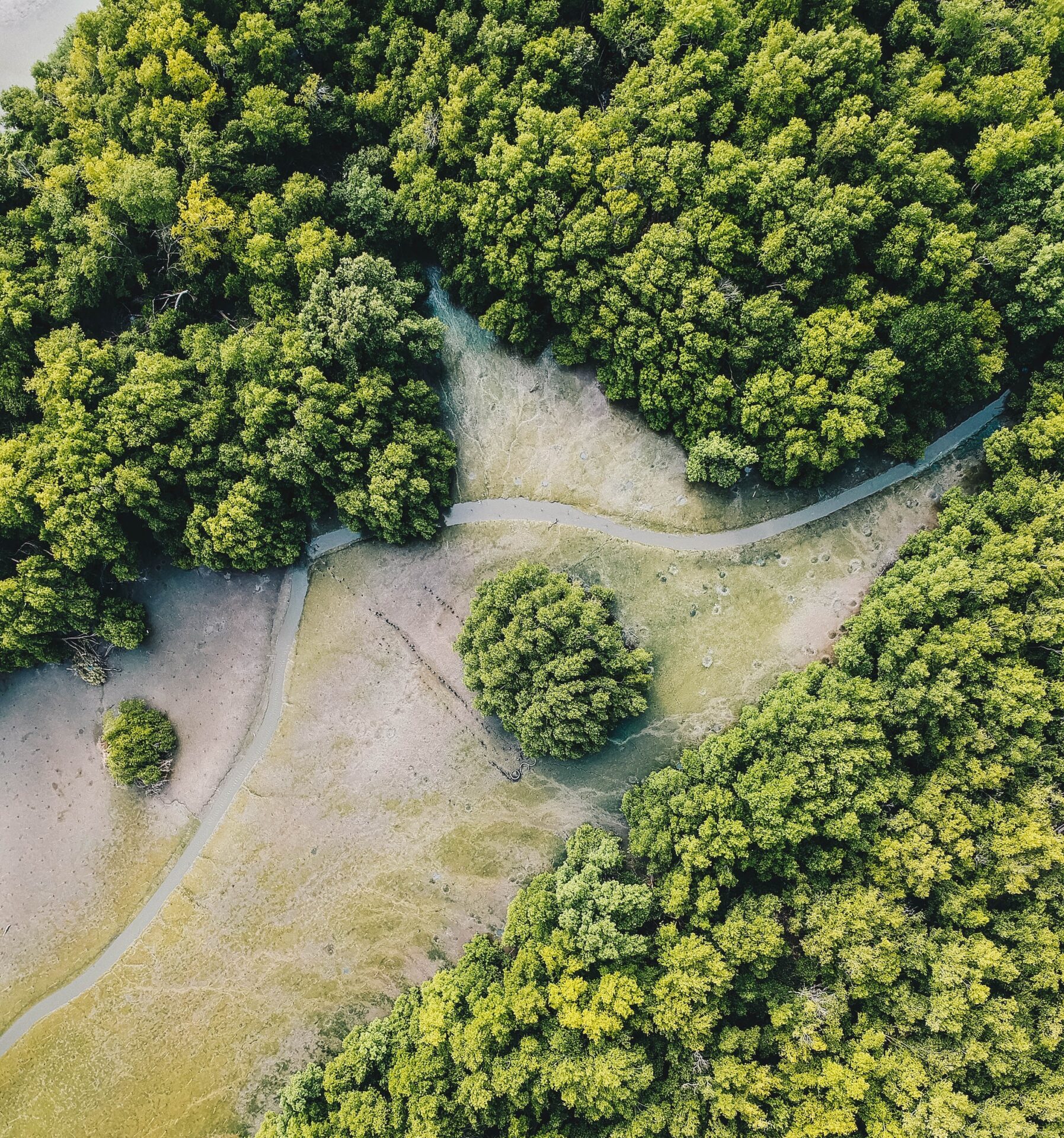Technology for Monitoring the Effectiveness of Ecosystem-based Adaptation

Introduction
Climate change is causing significant impacts worldwide such as floods and droughts. These can cause serious impacts to communities, cities, and ecosystems. How can we adapt to these impacts? One method of adaptation is Ecosystem-based Adaptation (EbA). This method uses the services of the ecosystem and nature to help ease the effects of climate change.
This article provides an overview of the information found in the attached video. Watch the video for an easy-to-understand explanation of how technology can aid monitoring of EbA.
What is Ecosystem-based Adaptation?
Ecosystem-based Adaptation (EbA) is a people-centred concept which protects and restores ecosystems while ensuring that natural resources are properly managed in the long term. More communities are turning to nature for solutions because they are more sustainable to manage. These solutions are low cost but effective, and provide for human well-being and biodiversity protection.
An example of EbA comes from a village in Thailand which was experiencing longer and more severe floods and droughts. These natural hazards were made worse by climate change and threatened the livelihoods and safety of the village and its inhabitants. The community built a living weir to protect and manage water resources. The living weir slowed down the water flow and increased the water level. This meant that more water was available for agricultural and household use. Residents built the weir as a community using bamboo, banyan wood, and other natural materials.
Technology as a method of monitoring and evaluation for EbA
EbA provides low-cost and flexible options to adapt to climate change, however it is difficult to measure effectiveness. How is it possible to prove that EbA is beneficial? Technology can help provide this proof. In particular, drones can help collect aerial and terrestrial data which can be used to generate and show 3D models, time lapse images, river morphology, land-use, vegetation health, and soil-moisture mapping. This information is essential for designing EbA and explaining their usefulness to stakeholders. They can also provide pictures on what an EbA looks like for stakeholders. This information is also useful to provide government offices, civil society, and local communities with sufficient science-based information to ensure that EbA measures are appropriate, cost-effective, and sustainable. This allows technology to contribute to monitoring and evaluation (M&E) for EbA.
M&E can help decision makers choose the best adaptation measures for the community through learning what has worked well. The use of drones is one way to support this, but a broader effort is needed. An effective M&E approach includes:
- developing indicators to measure effectiveness
- setting baselines
- engaging communities
- integrating M&E into the EbA planning and implementation cycle
- technology solutions to help design, implement and measure EbA
- collaboration between government, civil society, and local organizations
Related resources
- Building a Climate-Resilient City: Electricity and information and communication technology infrastructure
- Practical Action: Technology and Adaptation
- A community assessment of climate change adaptation technologies in semi-arid Tanzania
- Implementing a smartphone-based monitoring system in Plant your Future's agroforestry project in the Peruvian Amazon
- Climate change adaptation in China: monitoring and early warning of glacial lake outburst floods in the area of Yarkant River
(0) Comments
There is no content